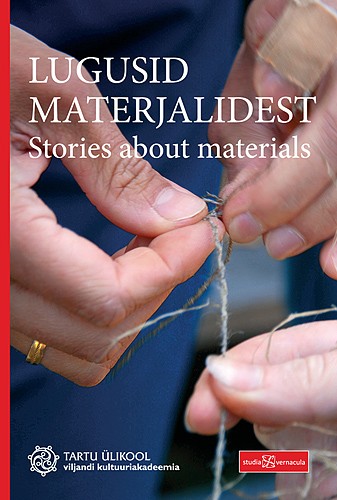Ülevaade Soome palkehituse ajaloost
DOI:
https://doi.org/10.12697/sv.2013.4.101-124Abstract
This article takes a look at the history of Finnish log construction and log architecture. Logs have been used as a building material in Finland for as long as the country has been inhabited. The modern corner-notching technique arrived in Finland in the late Iron Age (600−800 AD) from the east, leading to a building type that survived until the 20th century.
During the era of church builders (1620−1810), log construction achieved its highest form: the churches built during this period represent Finnish log architecture of the highest quality. Church builders had an excellent command of log construction techniques and knew logs as a building material extremely well, which allowed them to use the forms of the buildings and the decorative elements for the architectonic expression characteristic of logs.
Church architecture adapted to other Western style trends in the 19th century. Although outstanding churches were still being built at the time, their technical developments did not lead to further developments in log construction techniques.
The architecture of the Finnish artists’ (Akseli Gallen-Kallela et al) villas built in the late 19th century relied on the expressive power of logs, corner joints and handicraft. The walls were stylistically rough-hewn and there was no weatherboarding. The corner notches played a central architectural role and decorative elements were borrowed from Finnish log construction heritage. Artists’ villas have a unique position in Finnish architecture: for the first time, logs consciously emerged as a main architectural element. Contemporary industrial log construction began to develop in the 1950s. Product quality has improved considerably since then as a result of development work, and the prefabricated log has become a generally accepted building material. However, these logs no longer have the essence of a natural material and they have therefore lost their power of expression. The emphasis of industrial log construction and architecture is predominantly on manufacturing as economically as possible using existing production technology. In the 2000s industrial log construction finally started losing its romantic and historical burden and finding its own architectural expression.
Contemporary hand-crafted log construction can be regarded as a continuation of the vernacular log construction tradition. Training in hand-crafted log construction has been organised since the late 1970s. The level of training has been highly uneven and the lack of a connection between such training and construction education has been one of its problems. The future of log construction is associated with product quality and energy efficiency. Development work and opening up new cooperation channels is important for the future of log construction as a craft.

